Land Rover in general and the men and women of its Special Vehicle Operations division in particular deserve suitably gigantic congratulations for the new Range Rover Sport SVR.
After our five-star road test verdict on the car landed only the other week, we hope they’ve had plenty. Back to business. This 2.3-tonne marvel now has a target on its back big enough to cover a double-garage door and the time to defend itself has already come.
Welcome, then, not just one but two BMW performance SUVs out to catch the Range Rover in a pincer movement worthy of Hannibal himself. First and foremost comes the obvious rival: the all-new X5 M. It’s more powerful than the SVR, it’s quicker, it’s cheaper and it’s from a performance sub-brand with almost four decades of history.
It’s the kind of car that simply demands to be lined up against the reigning power in its particular class on a quiet stretch of B-road and allowed to decide its own fate. And so it shall.
Then there’s the dark horse: the facelifted Alpina XD3 Biturbo. A lower-rung, less desirable, altogether less special offering here to make up the numbers? Not a bit of it.
The sub-£60k price and six-cylinder turbodiesel engine of the XD3 may not lure in the lottery winners quite like the other two here, but regular readers will know that this has been one of our highest-rated fast SUVs since its launch in 2013. It has earned a shot at the SVR – and Alpina says this revised version is even better than the previous one.
It’ll also be rarer than most £200,000 supercars, if exclusivity is your thing, and answers the excess of its rivals with fleet-friendly emissions and 40 to the gallon.
So with the surprisingly hard-hitting X5 M on one flank and the surprisingly pragmatic XD3 on the other, can Land Rover’s new performance SUV champion come up with the necessary moves to survive its first leadership challenge?
Five-star verdicts often cause consternation on the Autocar road test desk. Rarely are they unanimously agreed – and the ones that are tend to become unanimous after lengthy and frank discussion.
The Range Rover Sport SVR’s wasn’t unanimous, but the testers who’d driven the car most widely rated it highest. That’s usually a good sign. Those less inclined towards it revealed themselves to be opposed as much to the idea of a £90,000, 542bhp performance SUV as the SVR’s particular execution. One tester said he’d simply rather have an SDV8. You may very well feel the same, but if you’re a paying customer, that’s your prerogative.
Read the full Range Rover Sport SVR review
Ours is to judge a car on its merits, in this case on behalf of the customer who does want a burbling 550-horsepower V8 in his 2.3-tonne 4x4. And for that customer, we decided – more than a month ago, now – that nothing better provided the mix of performance, luxury, desirability, practicality, capability and dynamism that you’d want of the ultimate SUV than the SVR. Furthermore, nothing else came close to doing it with such charm.
In the X5 M and XD3, you’ll find very different blends of those various qualities but perhaps not the cocktail of proportions you’re expecting. The Range Rover is the only car here with the telling advantage of off-road capability delivered by height-adjustable air suspension, for example, but the X5’s air-sprung rear end is self-levelling, making it a better tow car than you might think.
The SVR’s boot is big, but the M car’s is notably bigger, and it’s a more accommodating passenger car on account of its genuine three-seat rear bench. The X5 is also the fastest and most sporting car here; that much, we’ll get to. And although the Range Rover Sport may continue to be flavour of the month, the X5 M has a returning customer base and more performance brand equity.
But here’s real-world observation number one: park the Range Rover and BMW side by side and you can’t fail to recognise the brilliance of the Sport’s styling, and ultimately its superiority as a product of desire. Much as we don’t like to discuss this sort of thing in Autocar group tests, it matters – especially with £90k dreamboat 4x4s – because nothing excuses the impulse to indulge quite as succinctly as ‘just fancying one’.
The SVR is that bit more fanciable than the X5 M. It looks the part – definitive, not as gussied up or overblown as the X5 M. The SVR’s 22in wheels fill its arches, and its extended bumpers, intakes and aerofoils look like they belong. The X5’s performance-related styling flourishes aren’t worn as comfortably.
You don’t expect the Alpina to compete on this front and, true enough, it doesn’t quite. It looks straight-sided, under-tyred and oddly decorated, with its stickers and cavernous black kidney grilles.
On the inside, the Range Rover Sport continues to conjure its distinguishing luxury aura. Although it yields to the X5 M in places on material quality, seat comfort and systems usability, the SVR’s is the most sculptural and attractive interior here by a distance. It feels much the more inviting cabin and it gives you that age-old Range Rover advantage of a ‘command’ driving position, with an apparent air of superiority over everything else on the road.
You sit lower in the X5 M – more cocooned, but with a poorer view around you. And the X5’s fascia looks more business smart than high design.
The XD3’s, meanwhile, lacks the material richness to lift it much above the level of a fairly ordinary German premium-branded family 4x4. Alpina’s leather seats and Alcantara surfaces are lovely, but there’s too much moulded plastic on display to make the car feel seriously plush.
The Porsche Cayenne Turbo has warped the dynamic development of this particular niche a bit. Well, someone had to bring up the elephant that is – or in this case, isn’t – in the room. You’re not reading about the Cayenne in this test simply because Porsche declined to supply a test car at the last moment, not because it doesn’t merit a place.
Thankfully, we know the Cayenne Turbo well. And what the arrival of a fully competitive Range Rover in the performance SUV arena has shown is that the Cayenne probably belongs farther towards the margins of the class than many of us ever realised. The Porsche has always been dynamically skewed towards sporting performance and handling at the expense of some luxuriousness and likeability. Sure, it’s popular – and desirable. But somehow, it’s a bad influence.
It has evidently been a misleading influence, you’d say, on the X5 M. This BMW was always going to be a more single-minded performance machine than the SVR. And yet, in the way the X5 M conducts itself on the road, it’s pretty clear that BMW set out to make what amounts to a super-saloon on stilts with this car. It should, we’d argue, have been aiming to achieve much more.
There’s a sort of Teutonic reserve to the way the 4.4-litre V8 in the X5 whinnies into life and subsequently expresses itself over your first few miles in the car. Oddly, up until the last 30% of the rev range at least, it sounds little more charismatic than the Alpina’s 3.0-litre turbodiesel straight six.
Meanwhile, the SVR’s 5.0-litre lump is as extravagant as they come – a heart-on-the-sleeve kind of engine, willing to suffuse every minute of every journey with gargling noise and richness.
On your favourite road, the SVR becomes instantly familiar to drive – like a big SUV that has learned some very special party tricks. The M car’s first transgression comes as you realise that it’s trying to feel like something else altogether.
Like so many other recent M cars, it has an automatic gearbox without an initial creep function. Engage first, ease off the brake pedal and… nothing happens. That’s fine, perhaps, in something smaller and lighter, but I reckon most owners will want their 2.3-tonne, 567bhp luxury SUV to look after them better than that.
Those owners will likewise probably want that performance SUV to be usable and easy to drive – just like the SVR. The Range Rover gives you one dial to flick when you want to really stretch its legs: Dynamic mode. There are lots of off-road modes, too, but given that the BMW has no answer for most of them, we’ll leave them to one side.
Instead, the X5 M has a whole panel of buttons to individually tweak steering weight, gearbox and engine response, damper setting and traction and stability control sensitivity. Configurability is the M division way of things, of course. That’s fair enough, but a car that puts equal emphasis on luxury and performance – as a performance SUV surely should – ought to integrate its technical sophistication more discreetly in our book.
It should certainly have more of a care for chassis compliance and handling coherence than the X5 M does in its most aggressive settings. Select Sport+ on the car’s suspension, powertrain and steering systems and it becomes truly, astonishingly uncompromising. On good surfaces, body control is unbelievable for a car of this girth, and both grip and steering response are awe-inspiring.
Read the full Alpina XD3 Biturbo review
But it’s achieved at considerable cost, because the moment the surface deteriorates, the damping shows itself to be firm enough to throw the body around and actually make the wheels part company with the road surface, dangling in mid-air at times. Meantime, the active anti-roll bars and electro-mechanical power steering systems are both working so hard to keep Newtonian physics at bay that the steering can go from light to heavy to fluent to leaden and back again in the act of negotiating one averagely long, fast corner.
So you settle on the X5 M’s Comfort modes, in which it’s much more well mannered, consistent and driveable but also offers little more tactile feedback and engagement than an xDrive40d. There’s always the car’s bald accelerative speed, mind you, which is undeniably mighty but still probably not enough to satisfy your appetite for entertainment all on its own.
The verdict
The SVR isn’t half the sports car that the X5 M is – and that might be a problem for Gaydon, if either were actually supposed to be a sports car. Its grip levels and body control reserves are considerably lower than the BMW’s, and it feels big, wide, tall and heavy on the road, because it is. But none of that prevents it from being as vivid an entertainer as the BMW is a visceral athlete.
There’s no apparent sleight of hand in the Range Rover’s steering response or suspension. Its active chassis systems are invisible, its handling manners and controls honest and predictable. So you just drive the SVR – not as hard as the X5 M, but connecting with it all the more, and enjoying every mile more, too, because what you’re doing feels opulent and easy, as well as exciting.
The Range Rover Sport SVR arrows as if laser guided to a sweet spot right at the heart of the fast SUV niche. It is the ultimate 4x4: likeable, comfy in its own skin, ready to amuse and enliven at any time, but not at the expense of anything else that a Range Rover has ever been designed to do. It passes this early test of its mettle with ease.
So where does the XD3 fit in? Not quite high enough to cause an upset. Just as it lacks the visual allure and cabin luxury to challenge its bigger siblings, so its handling feels a little under-nourished in this company. Although it’s good up to about an eight-tenths pace, the XD3’s steering ultimately lacks bite and reassuring weight, its handling lacks balance and its ride turns clunky and crashy when really tested.
Still, if you’ve ‘only’ got £56,450 to spend on your performance SUV, you can take heart from two truths about the XD3 and hopefully go away feeling better about life, and this comparison test, than you might otherwise have.
First, it’s fast. Really fast. It’s every bit as quick as Land Rover’s winner of this exercise on the road. And second, it really will do 40mpg, even with a lead-foot road tester at the helm. On everything else, it’s at least in the ballpark compared with the other two. And ‘in the ballpark’ isn’t bad for a fraction of the price.
Read Autocar's previous comparison - Mazda 2 versus Ford Fiesta and Skoda Fabia
Range Rover Sport SVR
Price £93,450; 0-62mph 4.7 secs; Top speed 162mph; Economy 22.1mpg; CO2 emissions 298g/km; Kerb weight 2335kg; Engine V8, 5000cc, supercharged, petrol; Power 542bhp at 6000rpm; Torque 502lb ft at 2500rpm; Gearbox 8-spd automatic
BMW X5 M
Price £90,180; 0-62mph 4.2 secs; Top speed 155mph; Economy 25.4mpg; CO2 emissions 258g/km; Kerb weight 2350kg; Engine V8, 4395cc, twin-turbo, petrol; Power 567bhp at 6000-6500rpm; Torque 553lb ft at 2200-5000rpm; Gearbox 8-spd automatic
Alpina XD3 Biturbo
Price £56,450; 0-62mph 4.9 secs; Top speed 156mph; Economy 42.8mpg; CO2 emissions 174g/km; Kerb weight 1985kg; Engine 6-cyls in line, 2993cc, twin-turbo, diesel; Power 345bhp at 4000rpm; Torque 516lb ft at 1500-3000rpm; Gearbox 8-spd automatic
Get the latest car news, reviews and galleries from Autocar direct to your inbox every week. Enter your email address below:


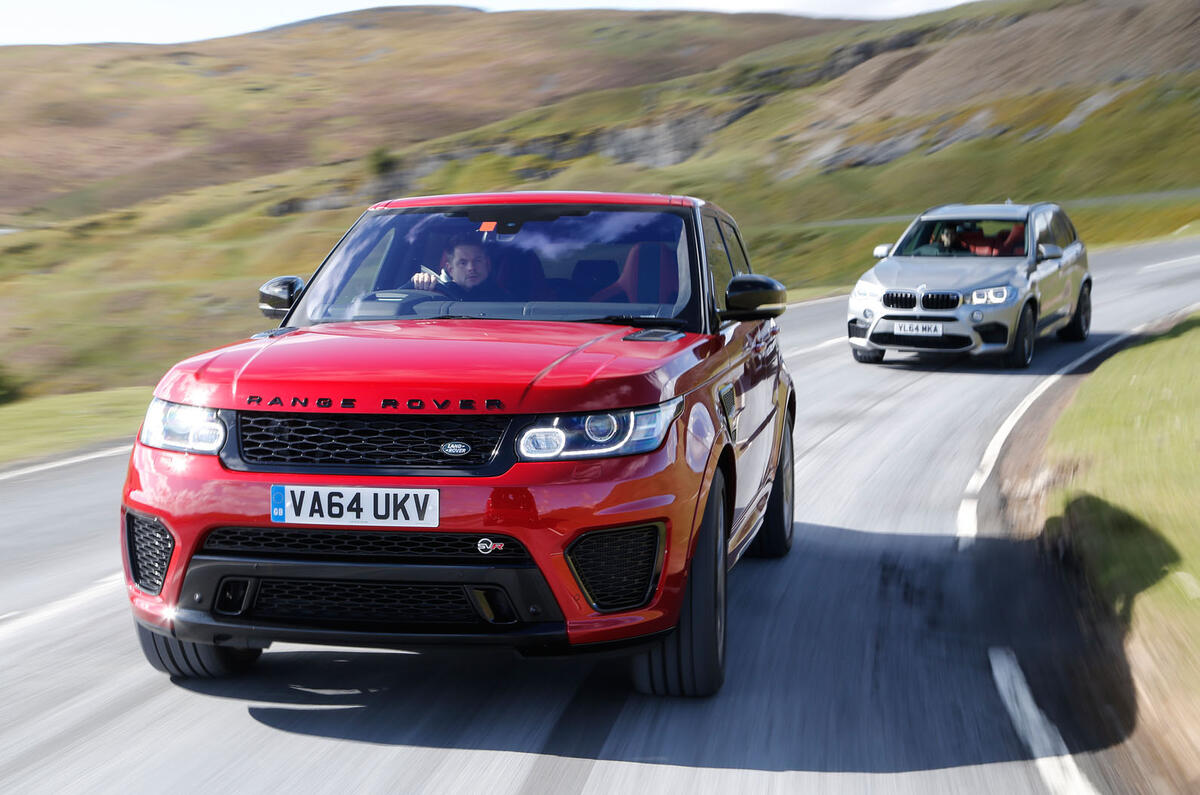

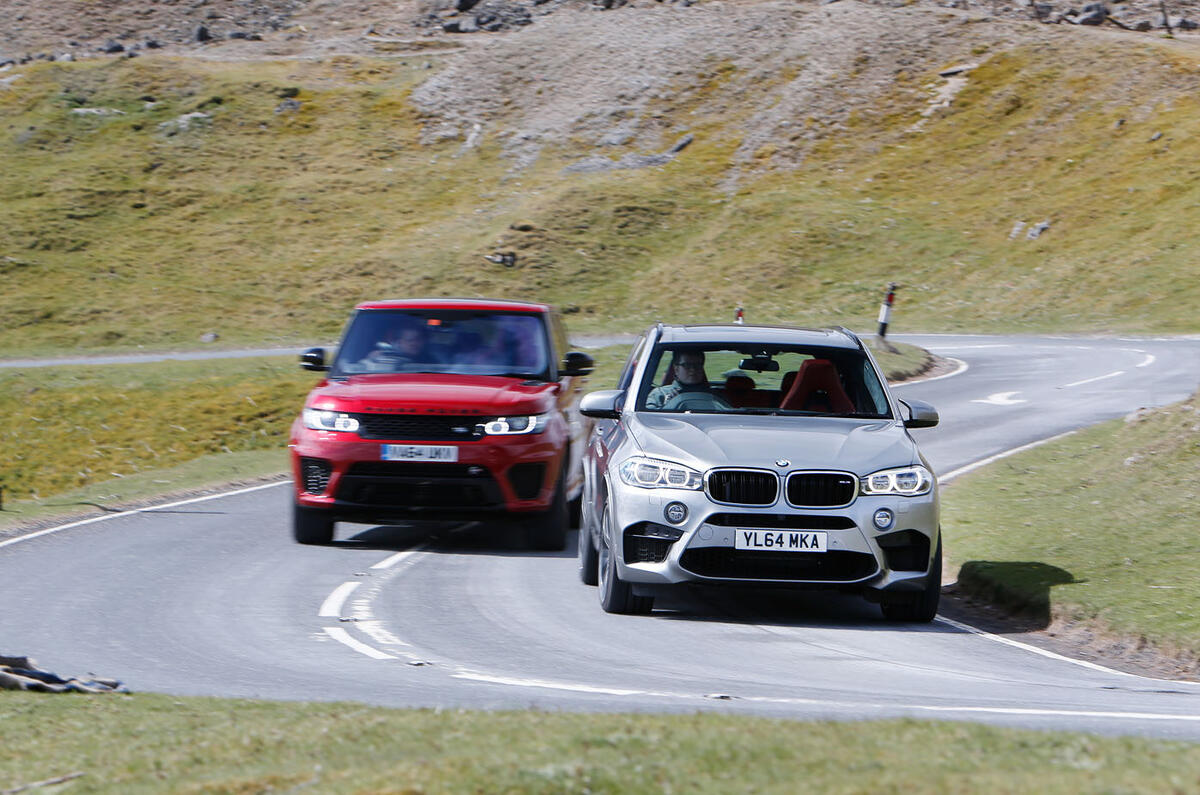

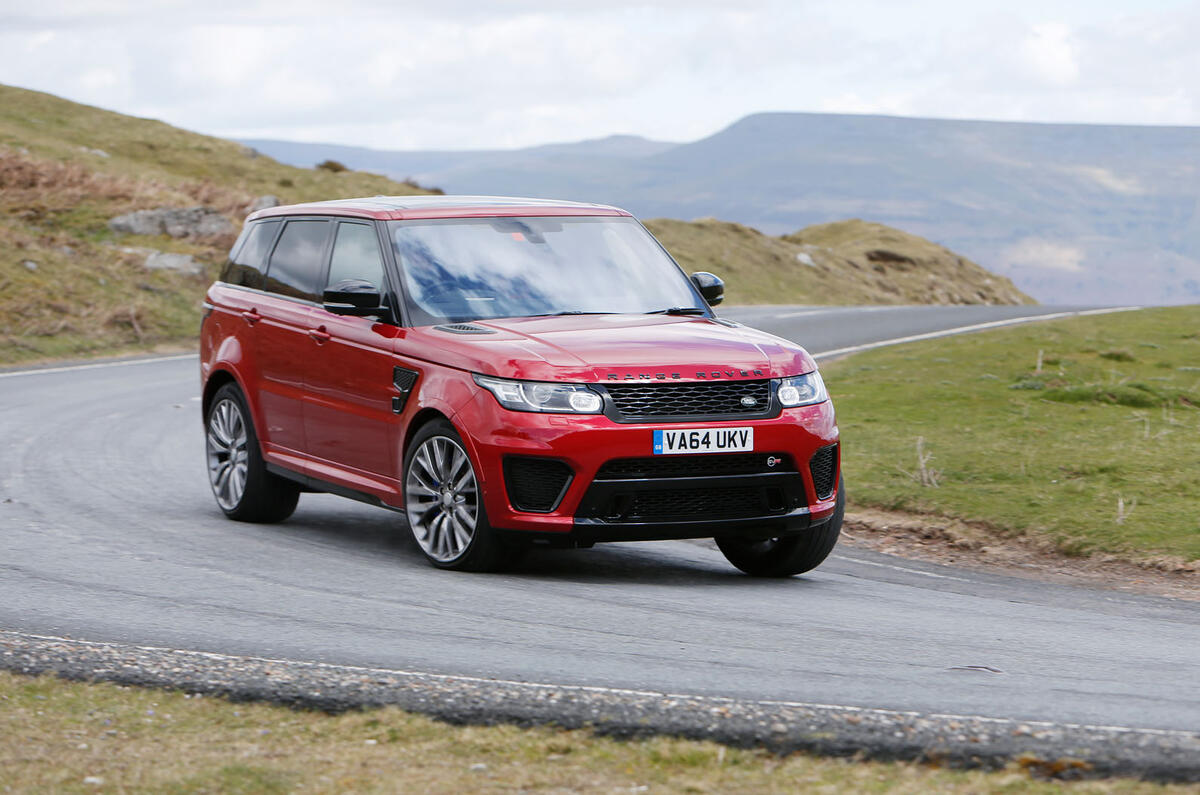
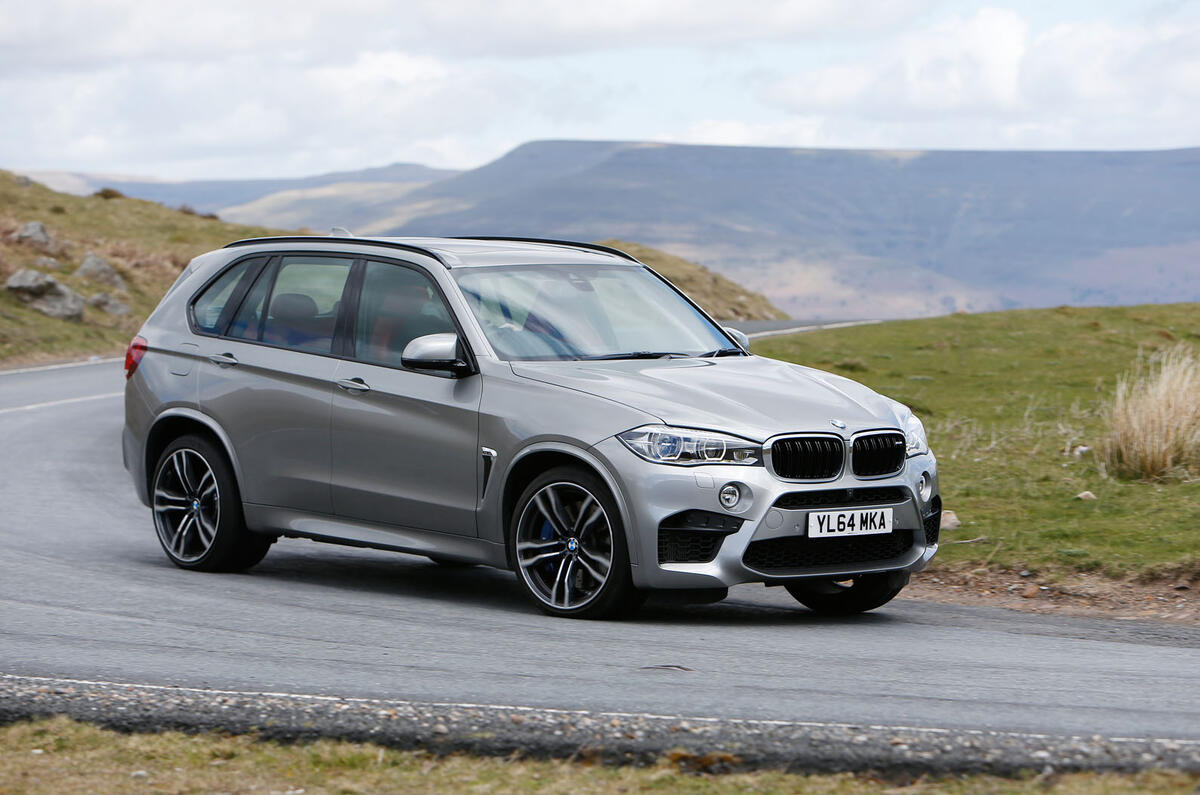
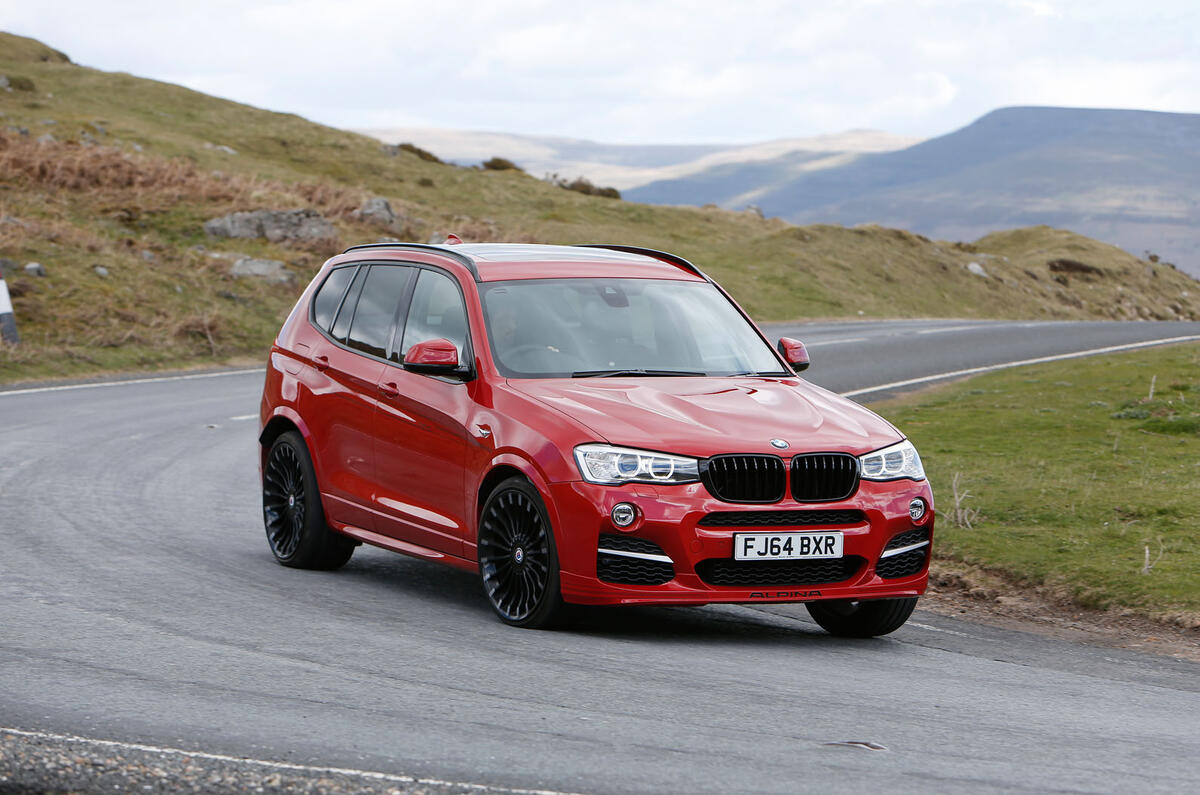
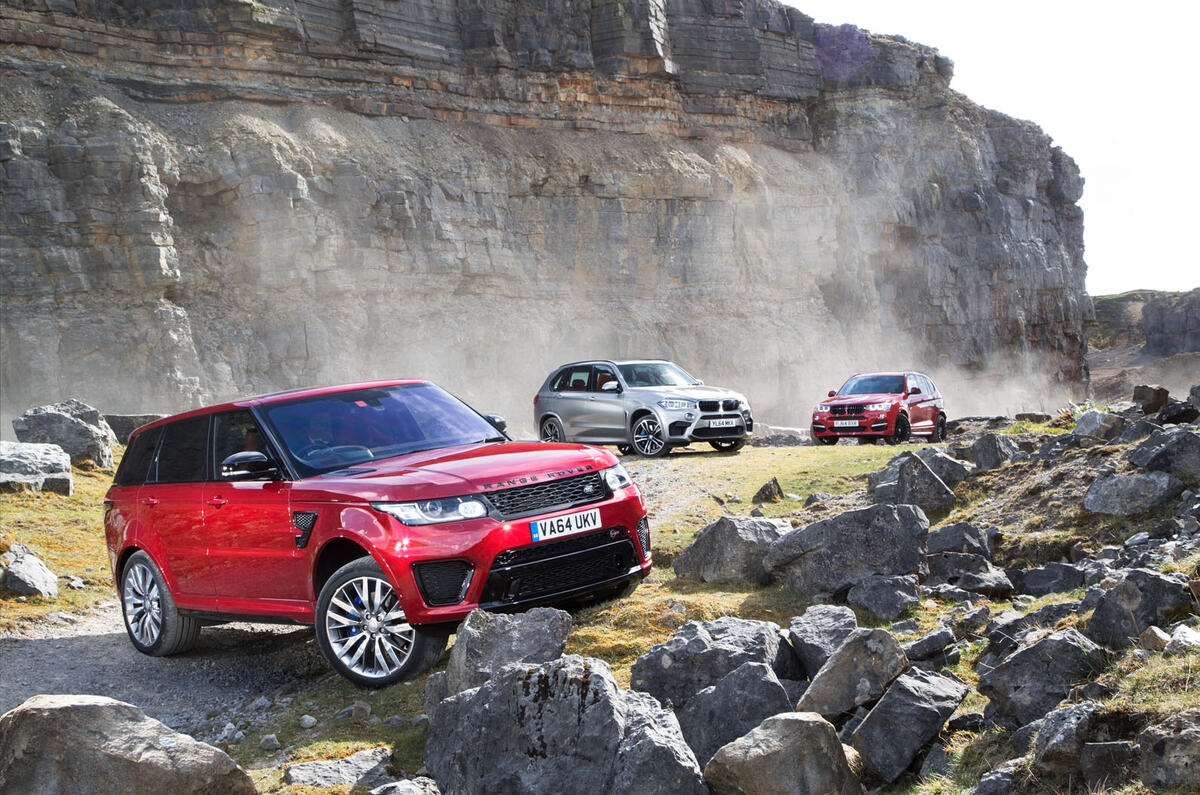
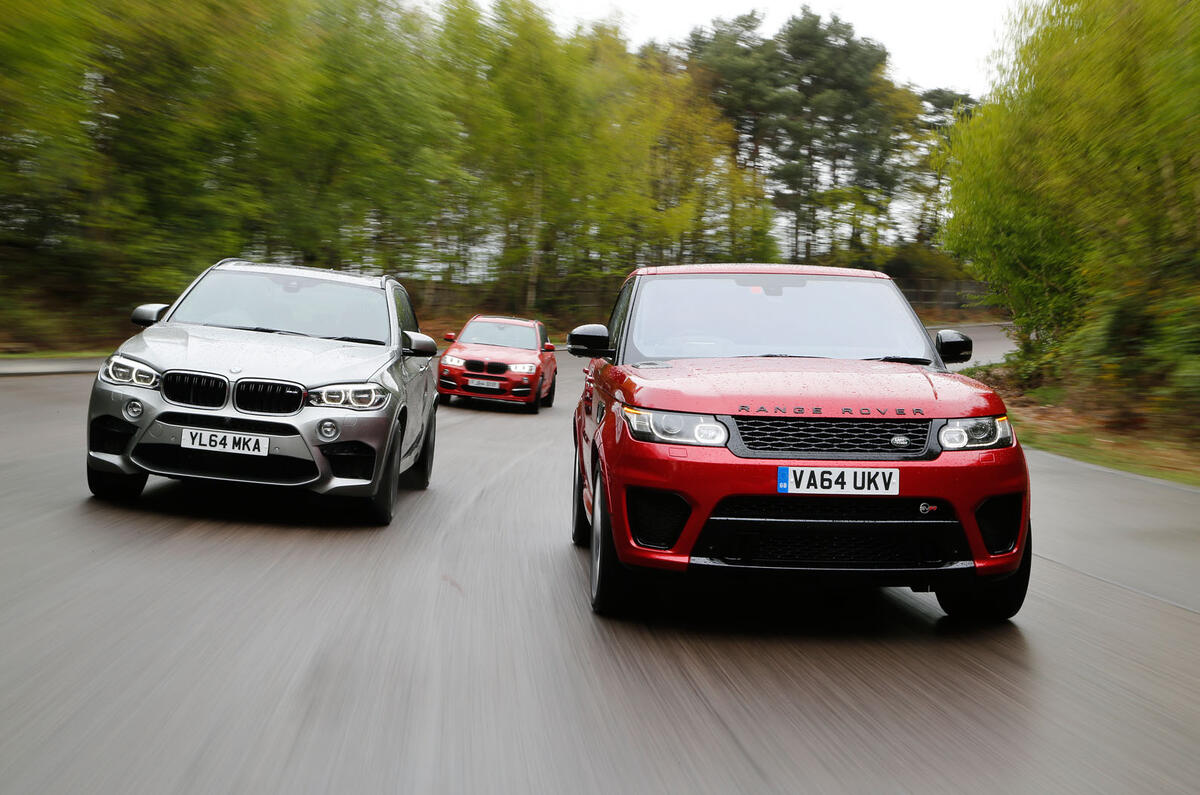
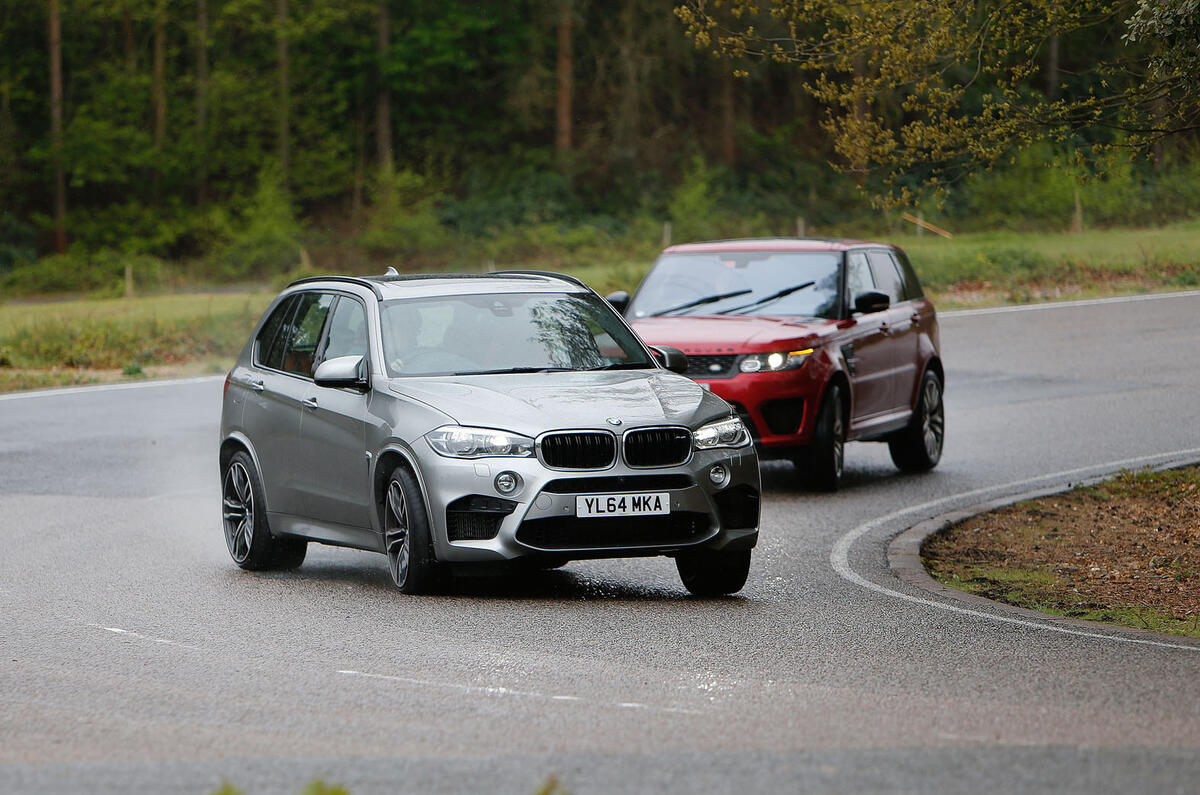
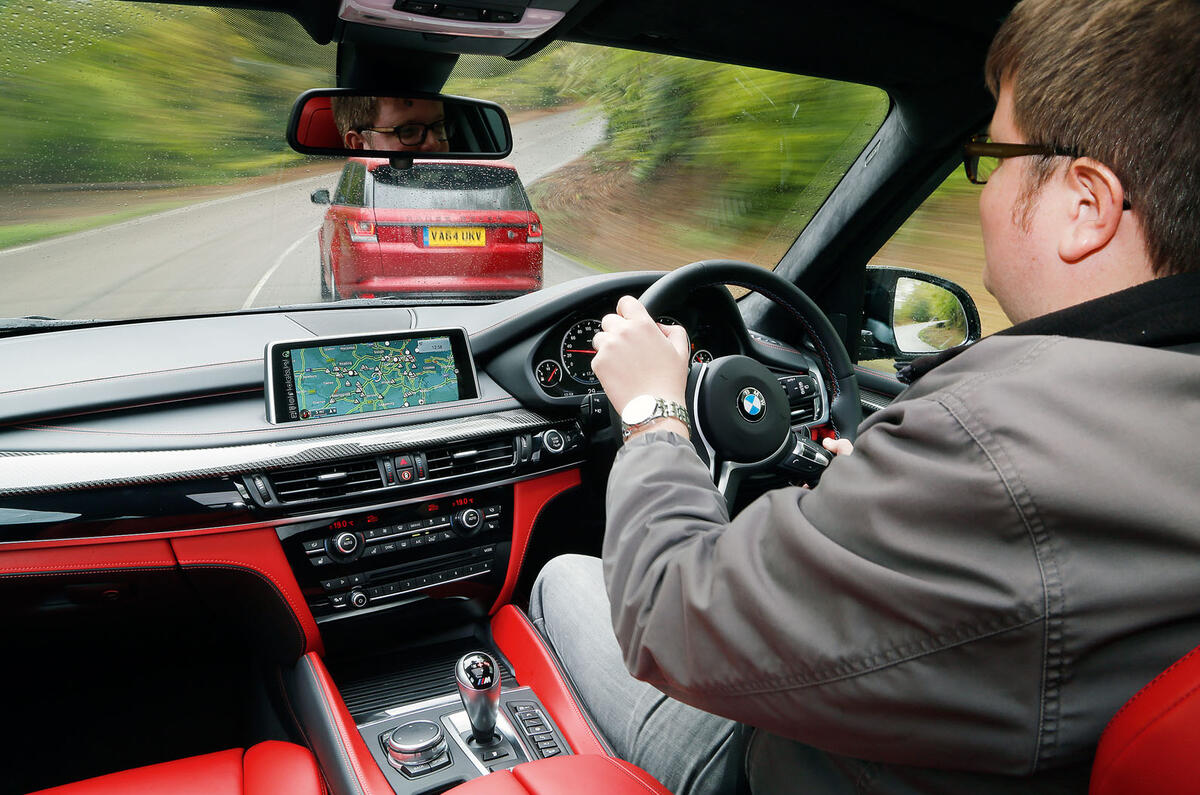
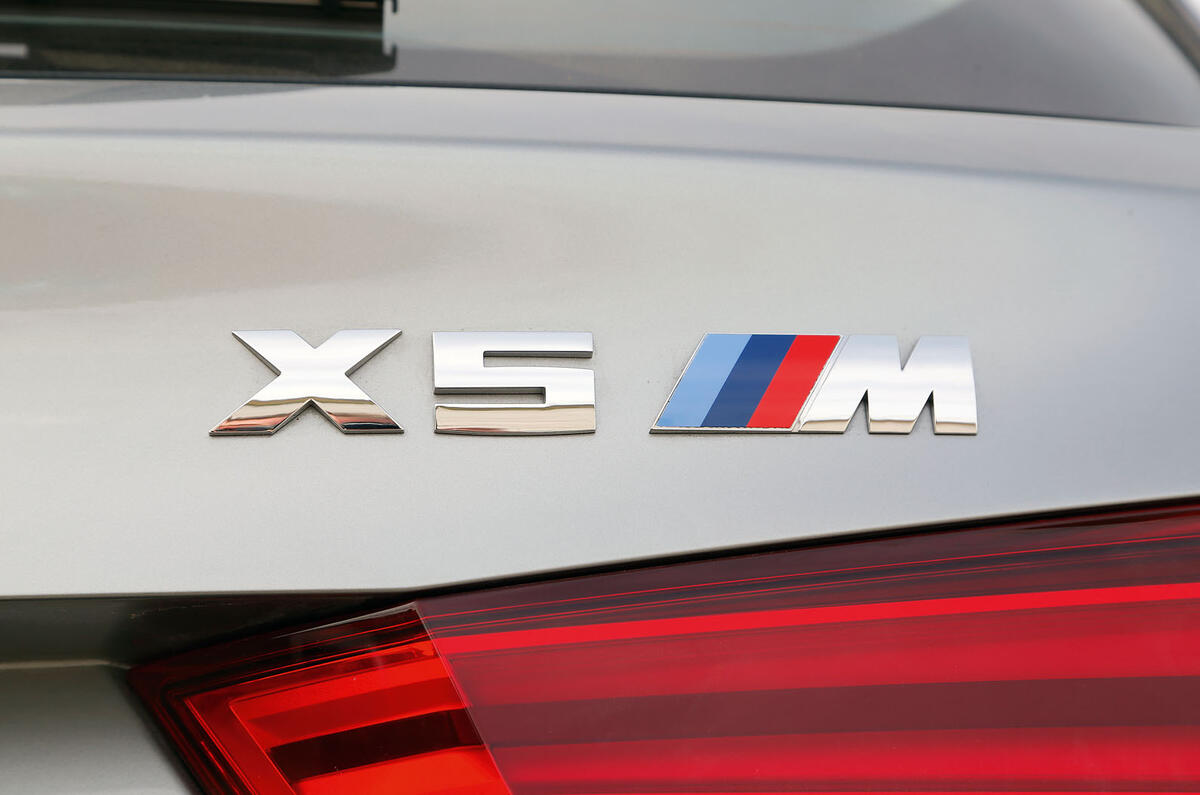

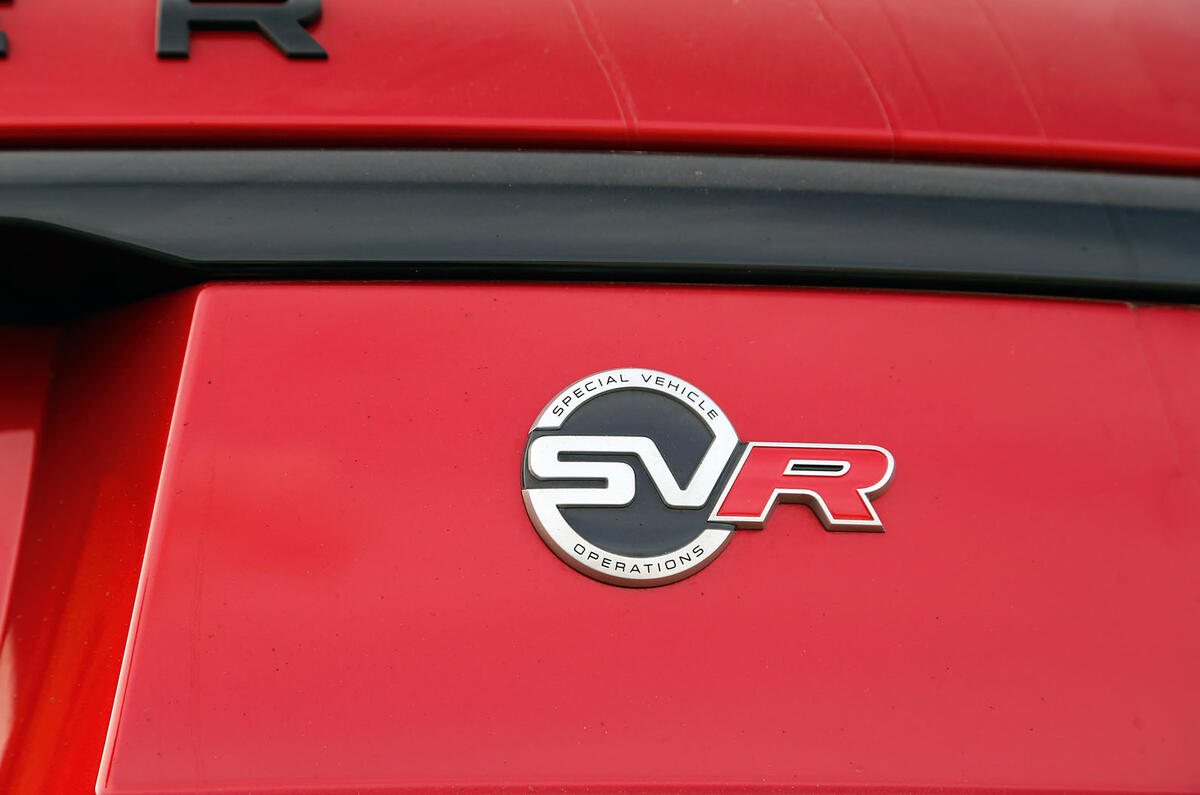
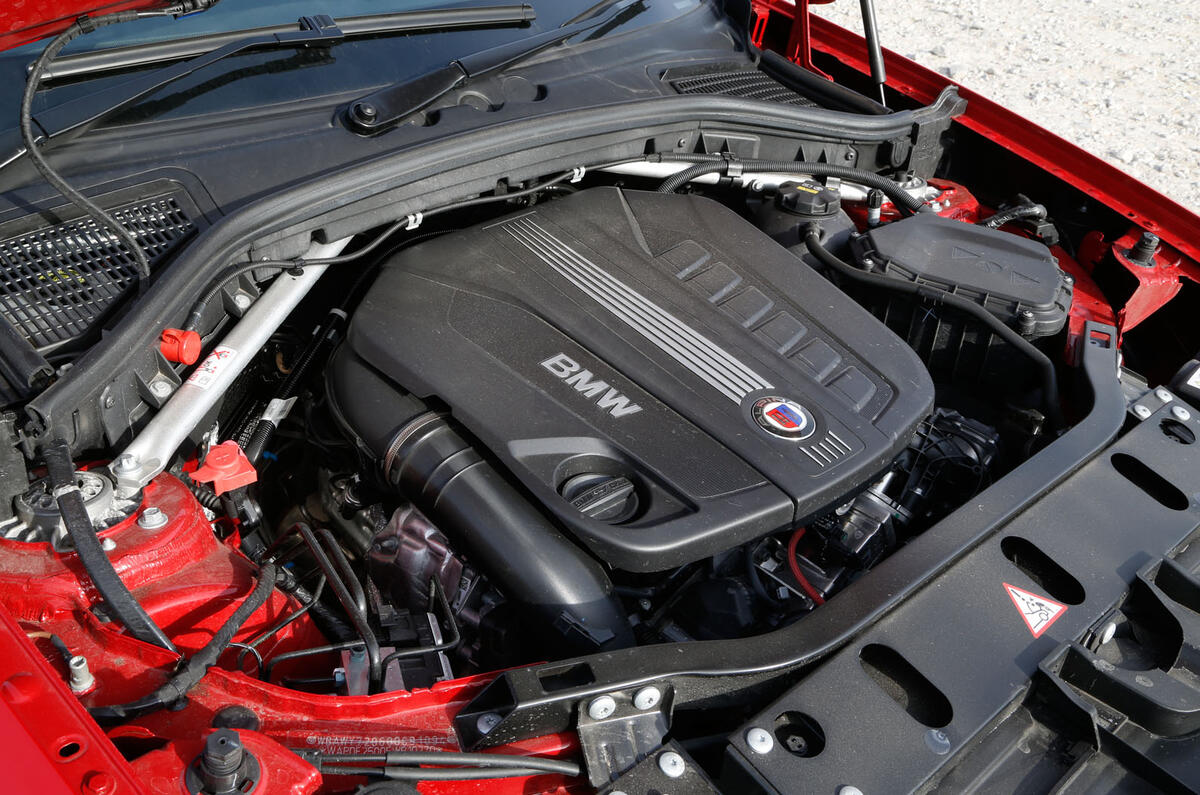
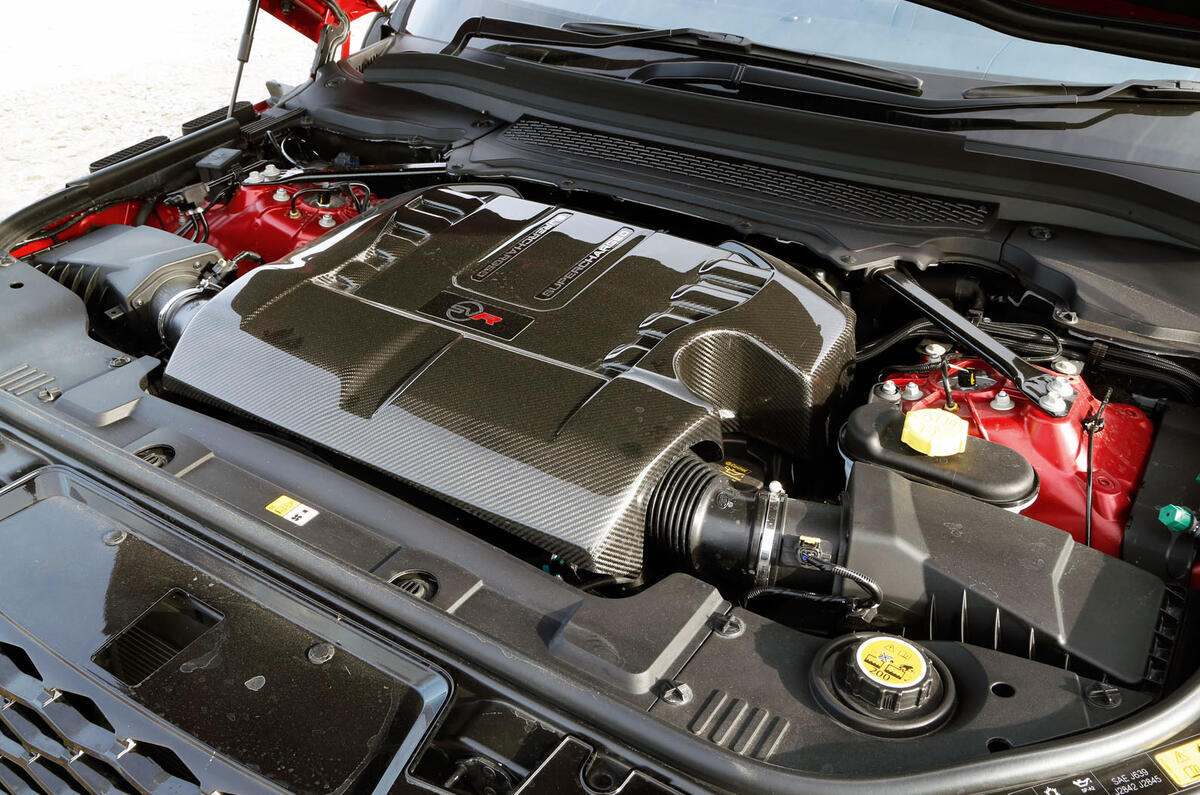
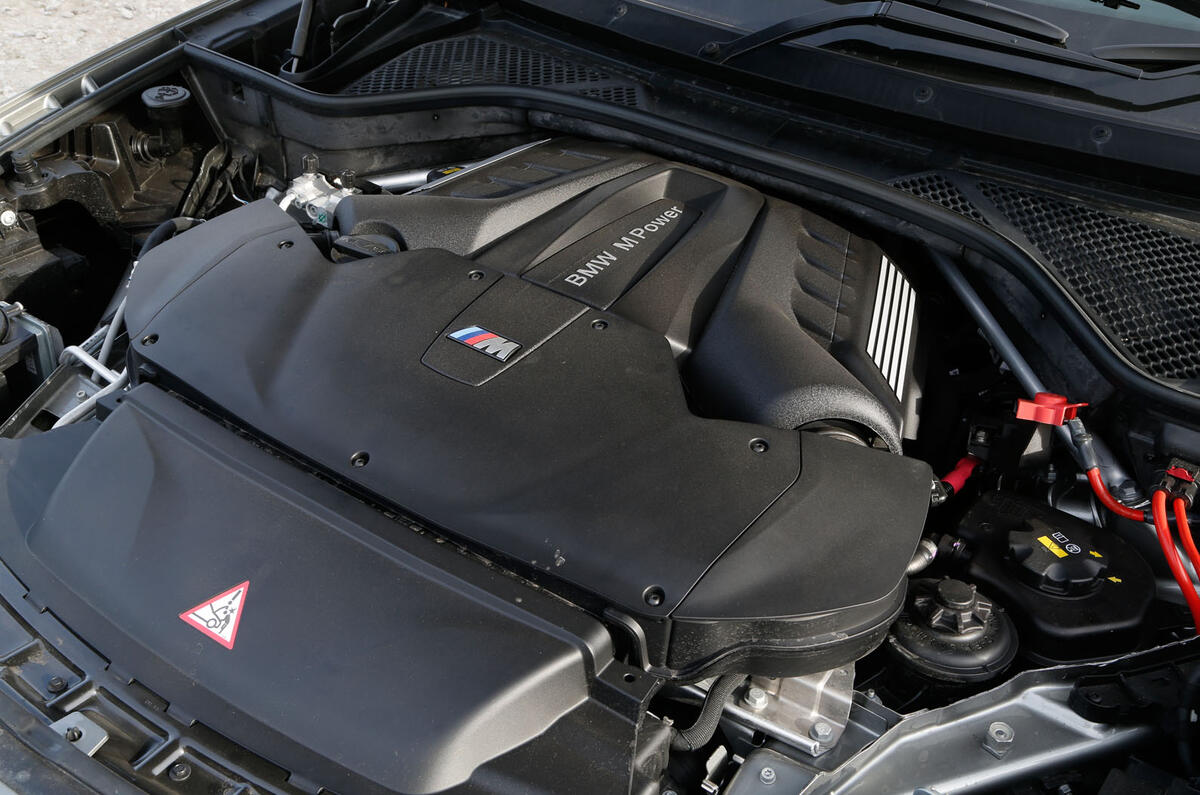
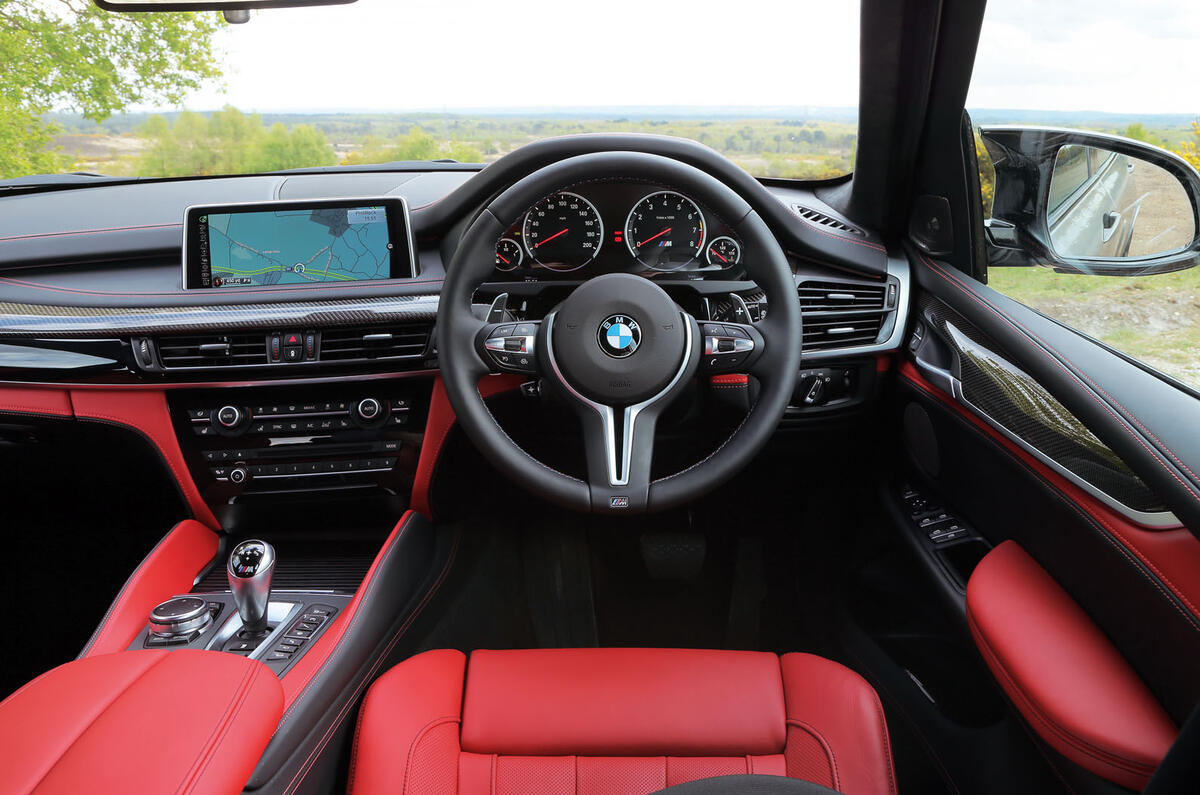
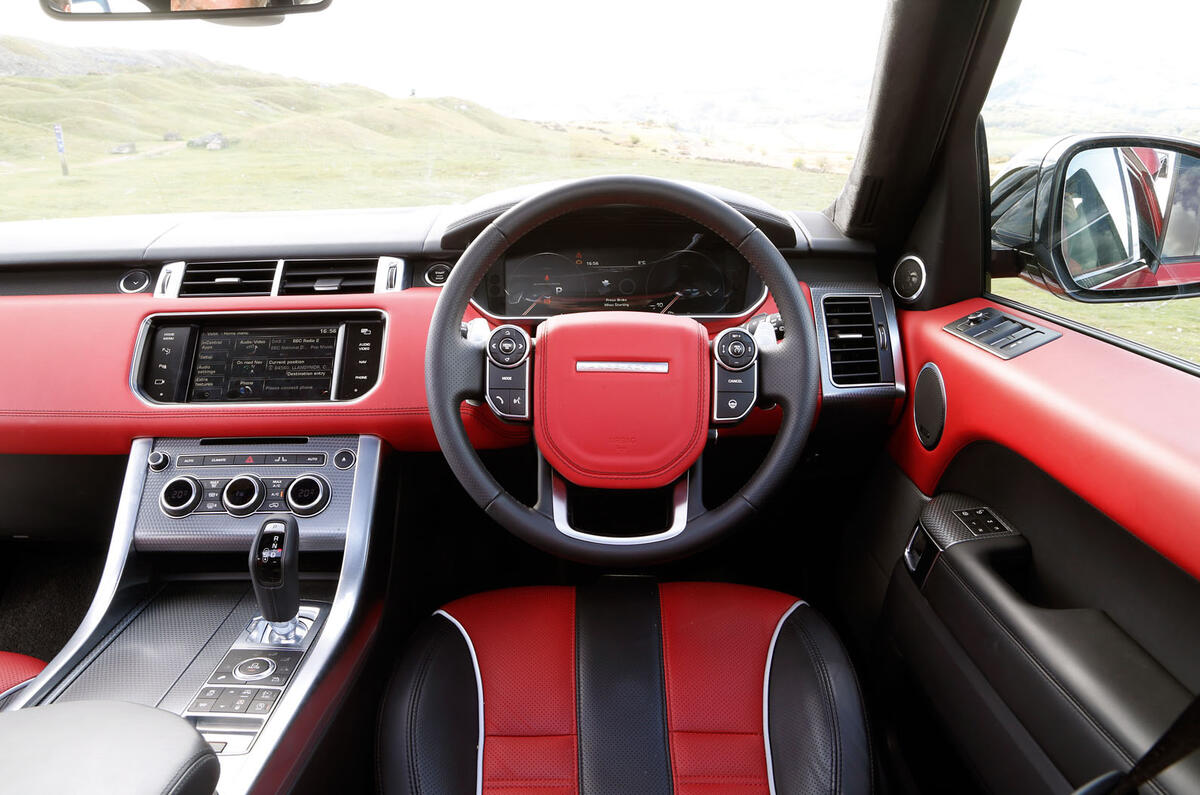
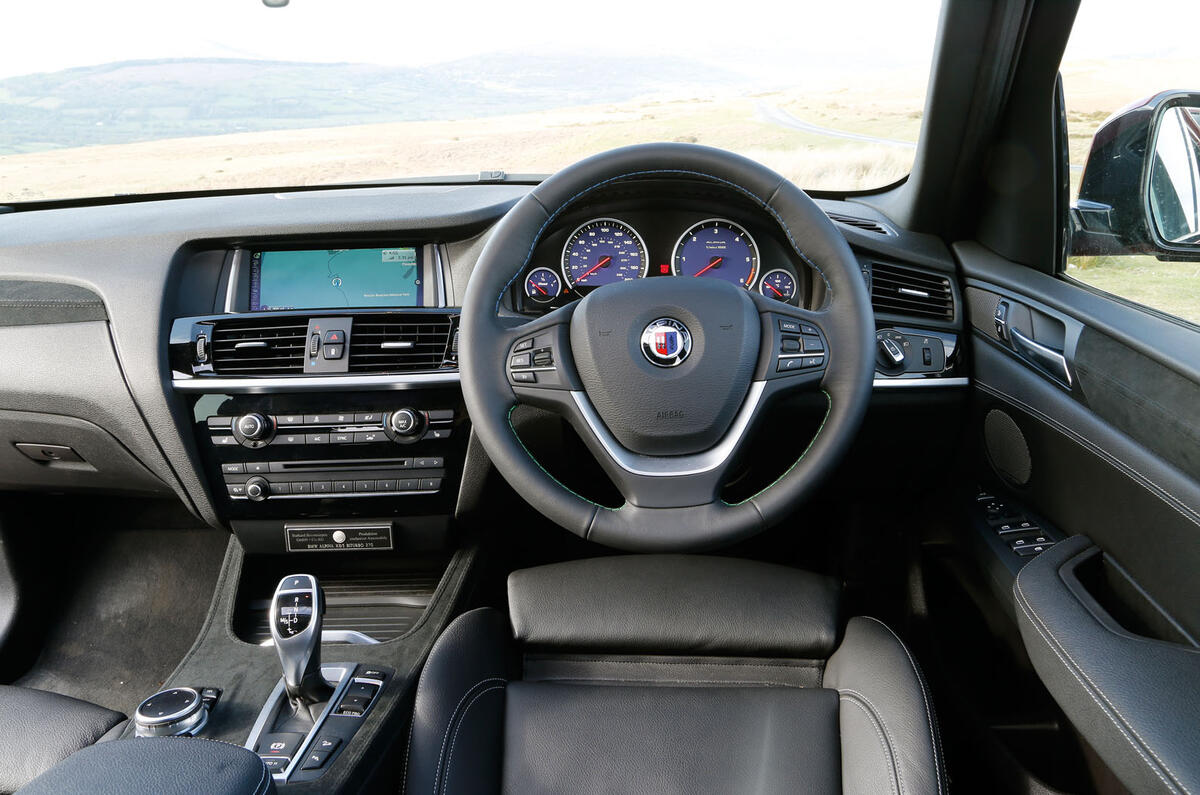


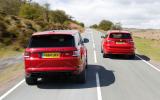









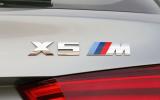
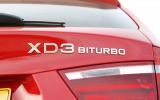




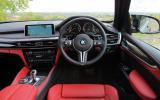

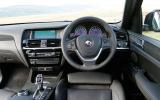






Join the debate
Add your comment
Focus on the functionality
Question - Why do I need an SUV.
Answers 1. Because I live in a country with extreme conditions (From truck sized potholes to Snow & Ice)
2. Because I carry goods and/or people long distances - maybe Intercontinental trips over 1000 kms.
3. I need a multi- purpose vehicle capable of coping with unmade-up roads, towing duties etc.
The Range Rover Sport SVR would be undoubtedly significantly slower over a 2000km Intercontinental trip than say a Porsche V8 S Diesel.
Really - In the real world there is no sensible niche for either the RR Sport SVR or the BMW X5m.
From my perspective, a sporting SUV is primarily targeted at the Intercontinental Express market, where the vehicle can be cruised between 160-195 kmh.
Fuel consumption becomes a key criteria above 195kmh, and I would dearly like to know how each of these vehicles performs. Fuel cost is immaterial - BUT what is important is the optimal range at high cruising speeds.
Its all about the experience
I actually believe what they have written is coming from their real thoughts and that bmw has once again produced an answer to a question a small few have asked.
volvocu wrote: I do not deny
And I would counter with the fact that if you are going have a review to compare vehicles with pretensions of being the sportiest models in their respective ranges surely the sportiest one should be winning the test as that is the remit they are trying to fill?? A Standard Range Rover would be a better all round car than any of these but it's not what they are being judged on is it? If the RR Sport is half the sports car the BMW is then why is allowed to win? The area's in the review in which the nod is given to the RR are mainly down to personal opinions on subjective points like styling, noise and ease of Configurability (like having more choice is a bad thing). The BMW is the sportiest, the better built, the roomiest and the most comfortable according to the review and yet it seemingly all counts for nothing.
Biased? Maybe a little, but there are fair points made
It's true that the X5 is faster in absolute terms, and so is the Cayenne, likely even the equivalent AMGs, but the RR is fast enough to make this point moot on an open road, and nobody is foolish enough (okay, most people aren't) to take one of these behemoths to a track day to find out who's fastest...as their doors get blown by Caterhams, 911s and Ferraris.
So at the end of the day it's about the whole package: does it make you feel special? Can it hustle when you want it to? Will it leave all those sporting saloons behind when conditions get -really- complicated? (snow, that muddy dirt road to an amazing, remote chalet) Do you get a kick just from watching it in your garage, or when you start it up?
If these are the criteria, and the should be, I believe the RR SVR really deserves to be on top, and there are much more neutral publications who seem to agree, such as Car and Driver (neutral when evaluating non-USA products) when is says:
"The Range Rover Sport SVR isn’t the fastest performance SUV, but it could be the best one to actually live with."
Oh, and this is coming from a non-British, former Cayenne Turbo S owner(and a few M and AMG products).
Ektor wrote: I really enjoy
I'd rather a review be based as objectively as possible as oppose to subjectively. I read the reviews because I like the facts and figures, learning about new techniques employed, technologies and materials used and how they equate to the final product. Things like ride and build quality and of course measured performance are interesting too but I can make my own mind up as to whether or not I like the styling, the quality of the noise made or which would suit me and my lifestyle more, I wouldn't need anyone to tell me. It seems a little pointless to base a review around the objective qualities of the vehicles partaking only to then base the final decision on the reviewers subjective opinion ignoring all that has gone before